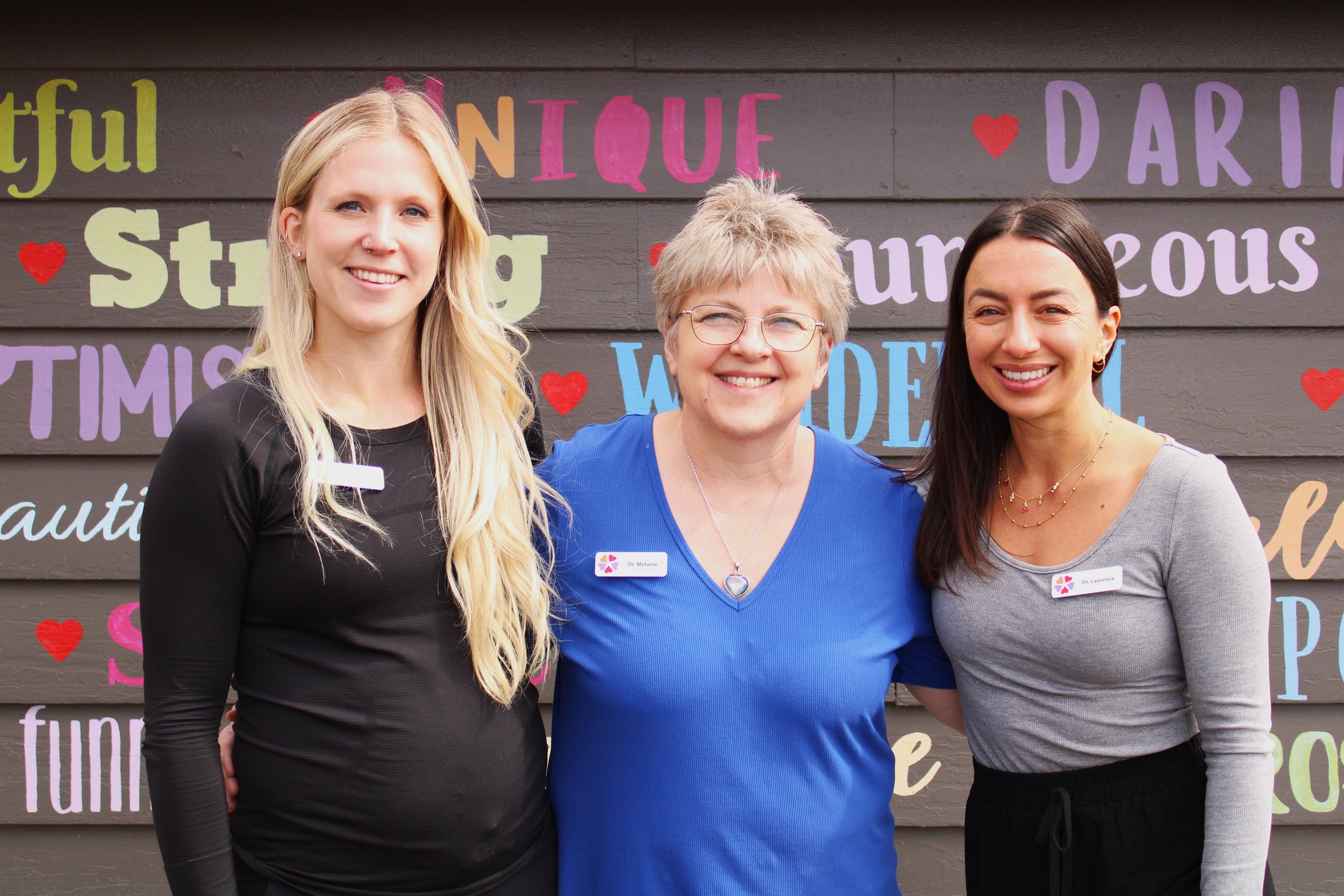
Rooting Reflex
The information presented on this webpage is printed with permission from Harkla.co

More facts about the Rooting Reflex
The Rooting Reflex is essential for survival and growth, as it assists the newborn in finding food and initiating feeding.
When the corner of the infant’s mouth is stimulated, the infant will turn his/her head towards the stimulus and open their mouth, with tongue thrusting (getting ready for the suck reflex to be stimulated).
It has been stated that the Rooting Reflex is strongest at birth, specifically within the first few hours. If the baby does not receive gratification for 'rooting' or go through the motion of rooting to find the breast, the reflex will weaken.
The strength of the reflex fluctuates depending on feeding schedules, however as with other reflexes, if it is not used fully at the proper time, it appears to become unfulfilled, frustrated, and unable to let go, which can, in turn, look like feeding challenges.
What is the Rooting Reflex?
Connected to the Rooting Reflex is the Suck Reflex
The suck reflex is also essential for survival and growth, as it allows the infant to coordinate breathing with swallowing.
The suck reflex initiates when the roof of the mouth is stimulated (after the Rooting Reflex has activated to locate the bottle or breast) and begins the process of feeding.
Because of the connection between the Rooting Reflex and the Sucking Reflex, if one is significantly retained, it's likely that the other will also be retained.
Signs of a Retained Rooting Reflex in an older child or adult:
excessive drooling
speech and articulation challenges
chewing and swallowing challenges
difficulties with textures and solid foods
hypersensitivity of the mouth
tongue lies too far forward
thumb sucking
Retained Primitive Reflexes affect EVERYTHING
〰️
Retained Primitive Reflexes affect EVERYTHING 〰️
How We Can Help
Chiropractic adjustments and a home exercise program
can help to integrate retained primitive reflexes
Please Note:
As chiropractors, we believe that treating the whole nervous system is important.
If you would like to come to our clinic for treatment regarding Retained Primitive Reflexes, we will:
Perform a thorough chiropractic and neurological exam
Provide a comprehensive intake form that will help us to focus on which reflexes might be retained
make an individualized plan for you and/or your child
Our treatments include chiropractic adjustments that usually start at 2 times per week for 1-2 months
We will send you with home exercises that must be done twice a day for at least 30-60 days (if not more!)
for your nervous system to integrate the retained primitive reflexes
Then we will re-exam to assess and plan again
We will do our best to help; however, it might not be possible to integrate Retained Primitive Reflexes
- that depends on the individual’s brain and nervous system function
If you would like more information, or to
make an appointment with one of our Doctors,
please call us at 403-945-2422

To help integrate the Rooting Reflex, you will need to do
Every morning for 30 DAYS
20 repetitions of the Cat Whiskers exercise
20 repetitions of at least ONE FUN Exercise that you can choose from the video links below
(Of course, you can do as many of the fun exercises as you like!)
Every afternoon or evening for 30 DAYS
20 repetitions of the Cat Whiskers Exercise
20 repetitions of at least ONE FUN Exercise that you can choose from the video links below
(Do as many of the fun exercises as you like!)
Exercises to Integrate
the Rooting Reflex
Examples of the Cat Whiskers Exercise that we’ve found on YouTube
Here are more fun Rooting Reflex Integration Exercises to choose from
Click Here to see 10 videos of Additional FUN Exercises - click on the Rooting Reflex Functional Activities folder
Click Here for additional FUN integration exercises that we’ve found on YouTube
Click Here to print a 30 days exercise Tracking Calendar
Dr. Melanie, Dr. Laurence and Dr. Leah have taken many courses about retained primitive reflexes. One course, offered by Harkla, called Assessment and Integration of Primitive Reflexes Master Level was created by Rachel Harrington and Jessica Hill, both occupational therapists
We have been given permission by them to post their very thorough information on our website and to give their handouts to our patients



